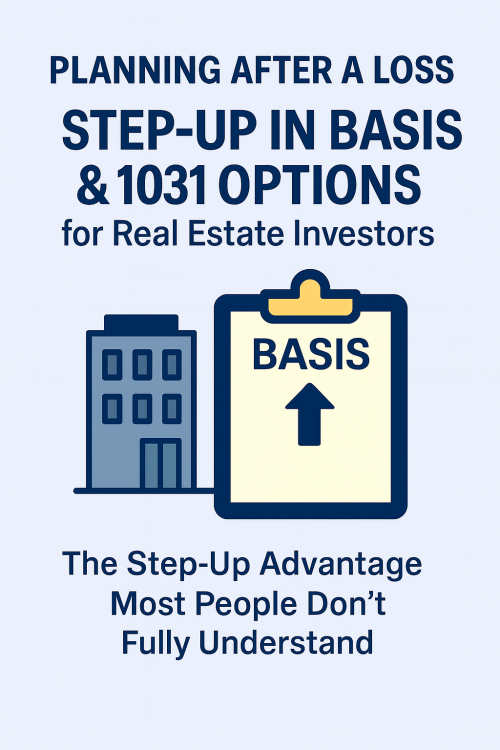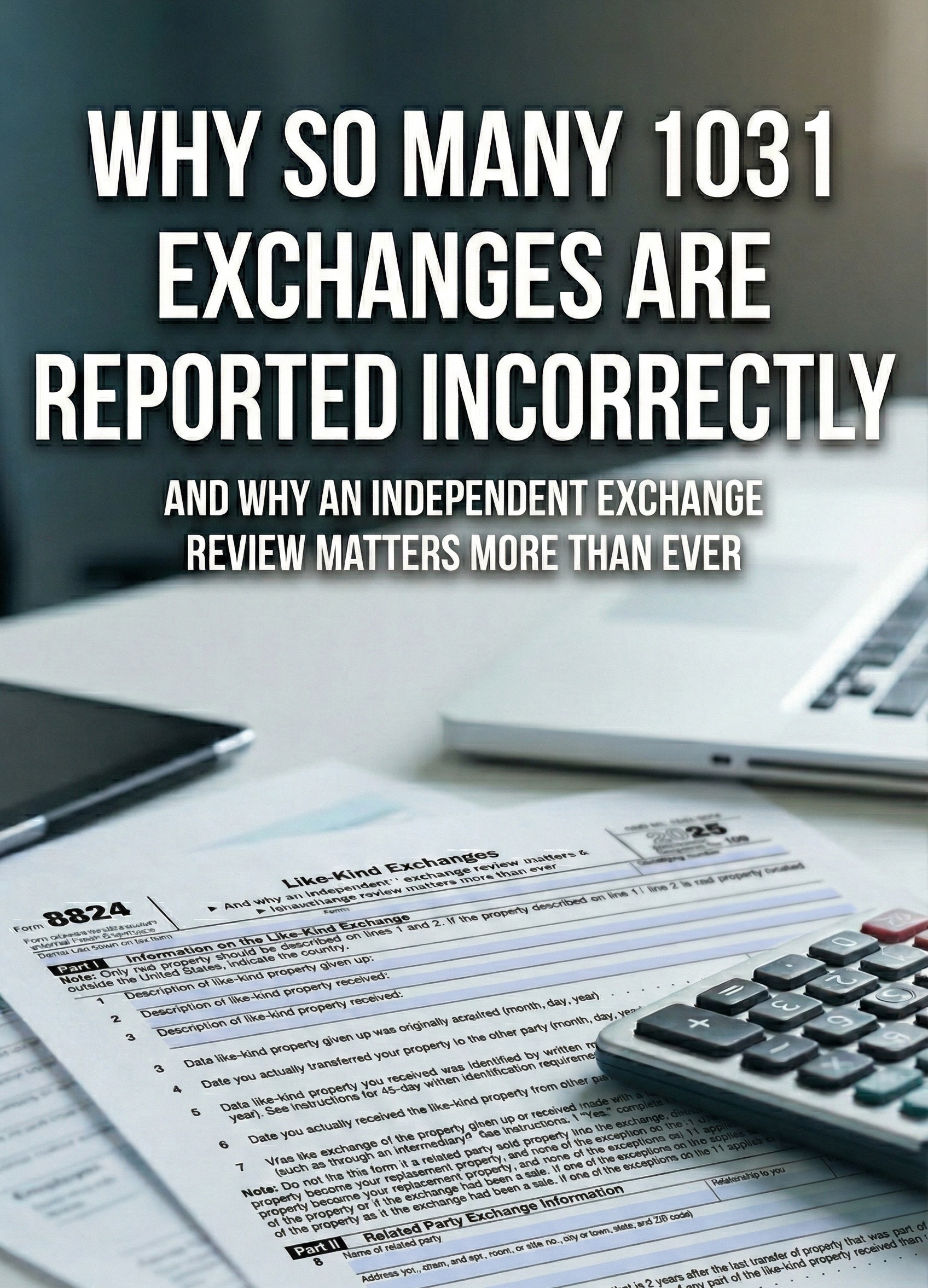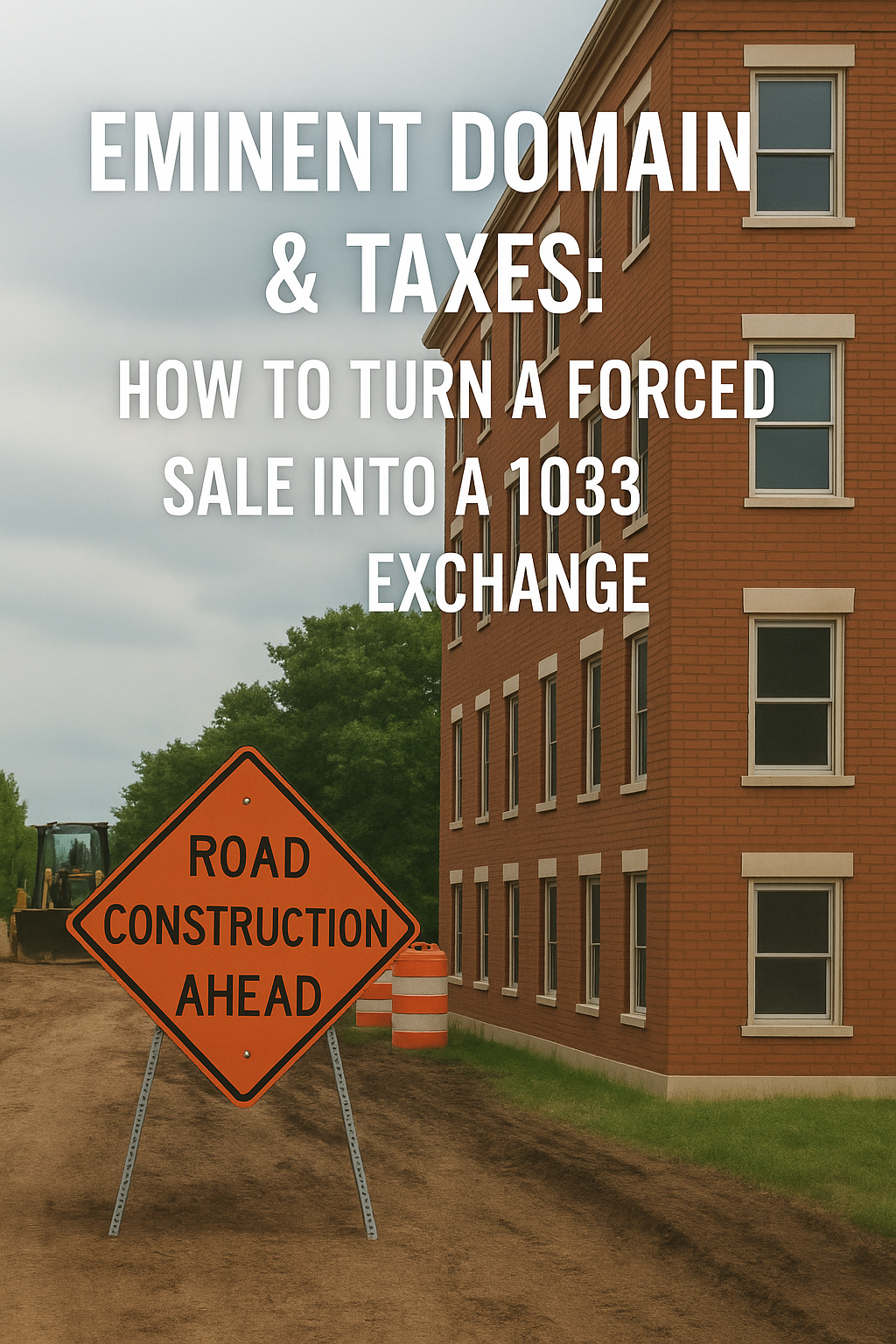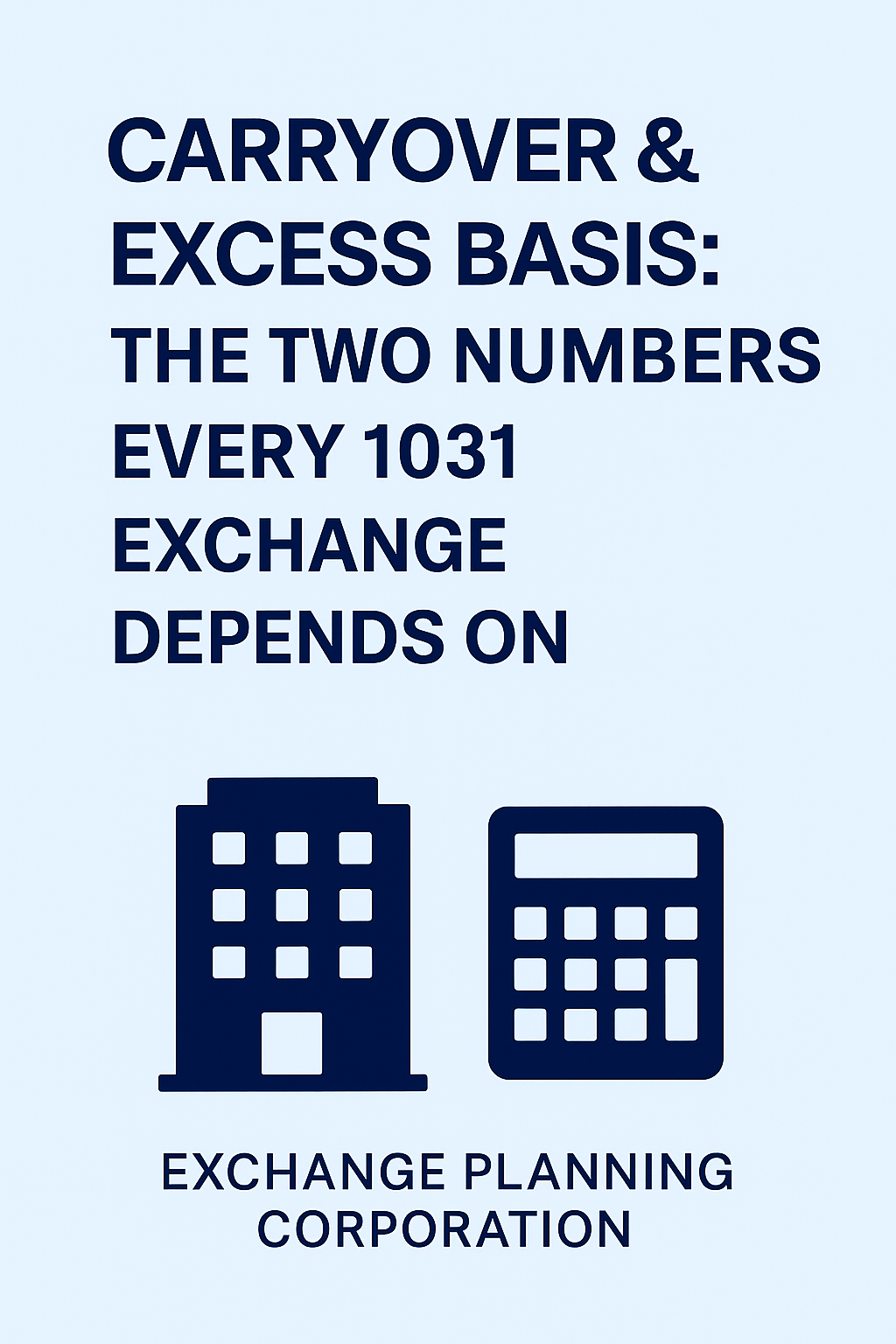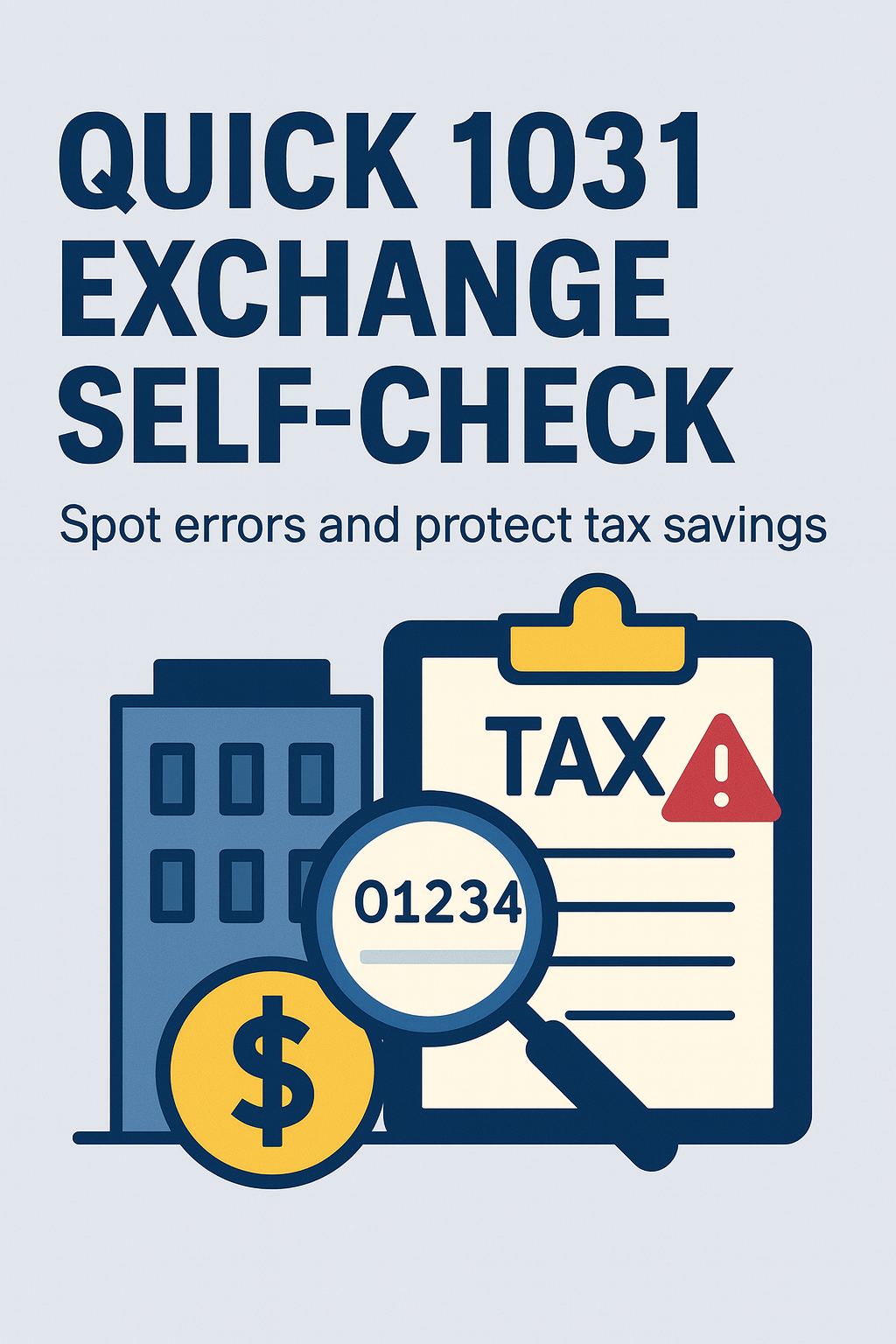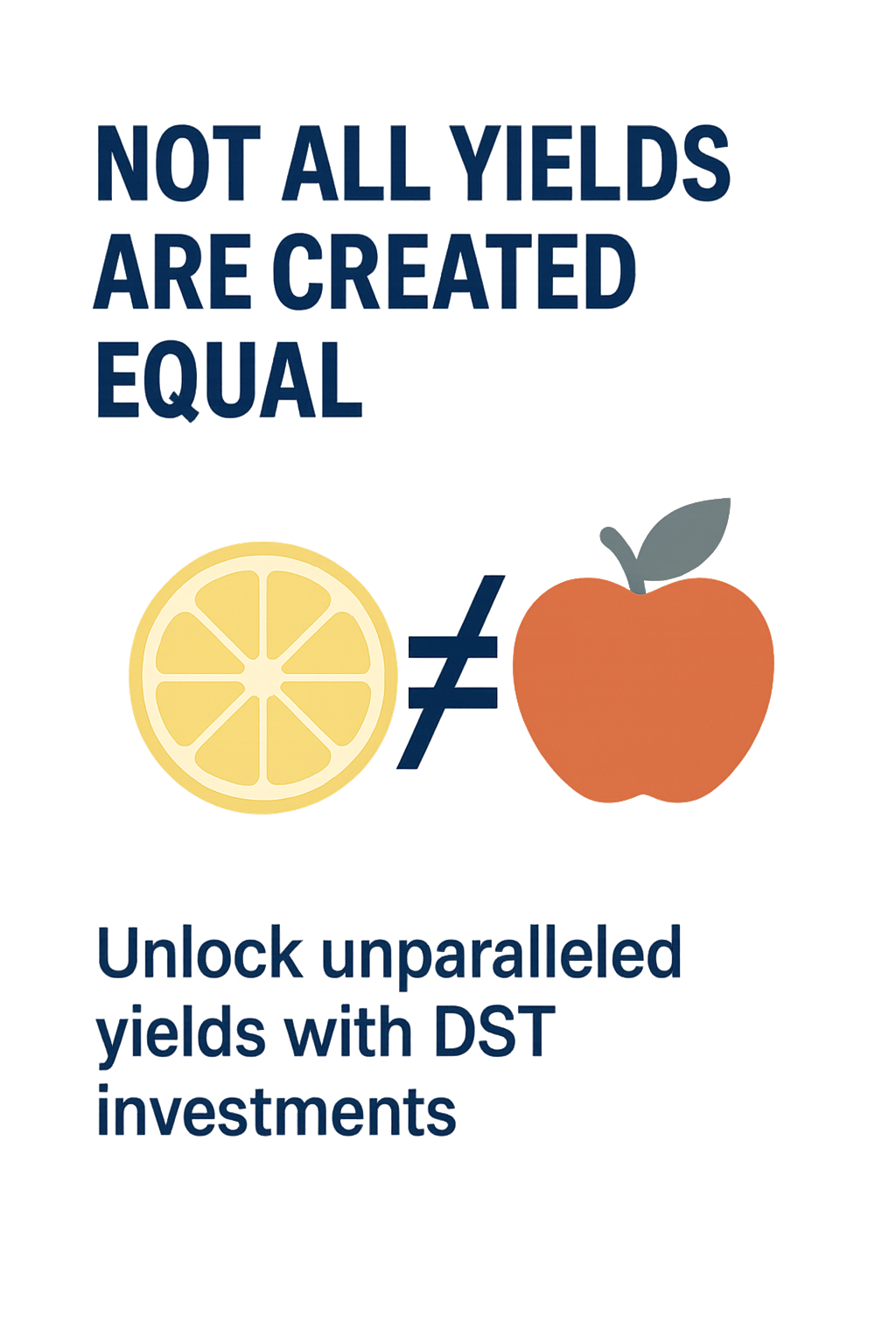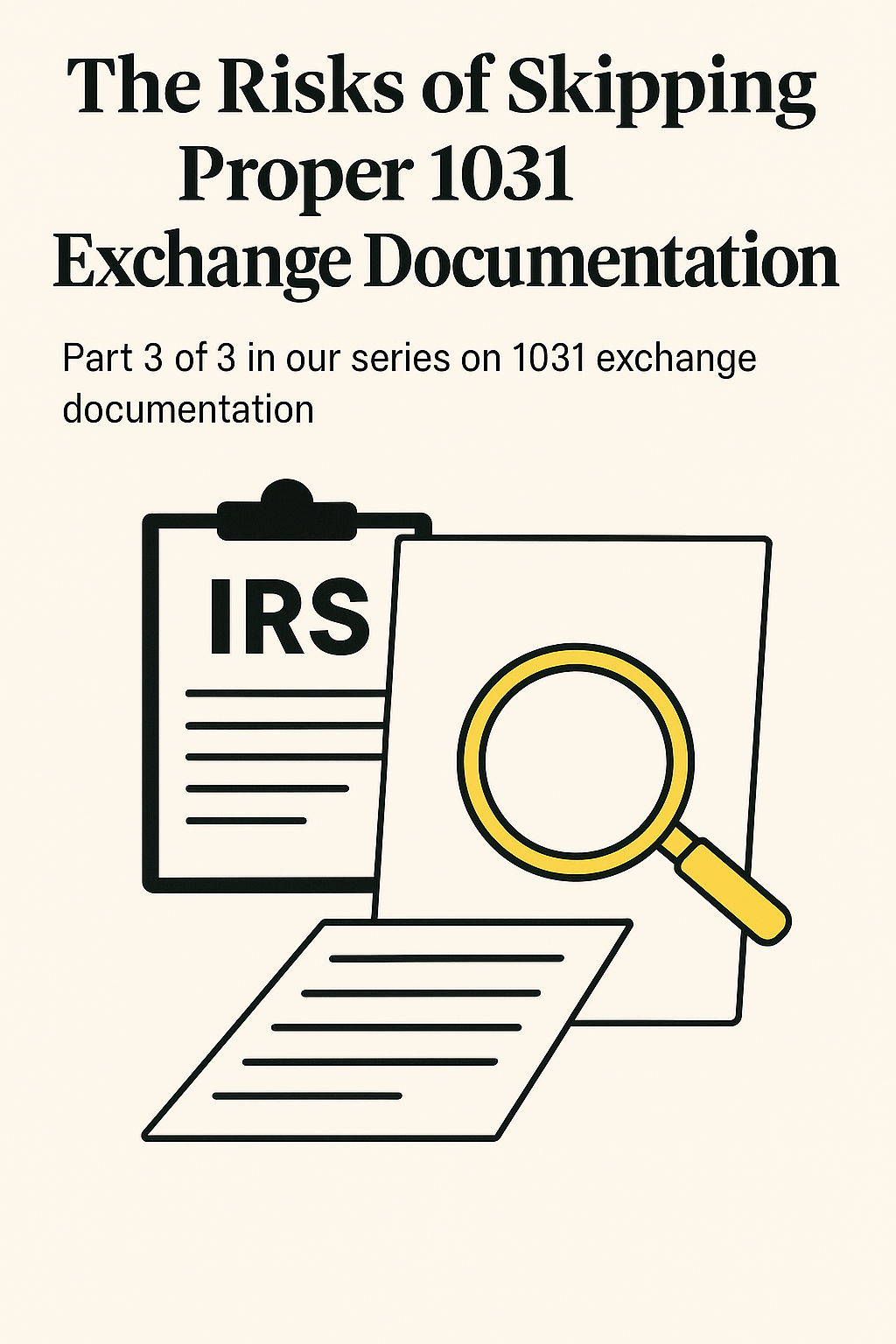At Exchange Planning Corporation, we regularly work with families and advisors on DST interests inherited after an owner’s death. ” The first step is understanding a point many investors—and, frankly, plenty of preparers—get wrong: how the step-up in basis actually works with DST investments. Under IRC §1014, inherited property generally gets a new basis equal to fair market value at the date of death. In community-property states, the “double step-up” rule can reset both halves of the community interest when at least half is includible in the decedent’s estate.
We’ve seen too many files where the step-up was implemented poorly—or not at all—causing clients to miss deductions or pay tax they didn’t owe. For advisors, this is a real chance to deliver value fast.
The Step-Up Advantage Most People Don’t Fully Understand
When a spouse dies, the inherited interest generally steps up to fair market value on the date of death. In community-property states (AZ, CA, ID, LA, NV, NM, TX, WA, WI), the entire community interest typically gets a fresh basis. Several states (AK, SD, TN) allow elective community-property treatment, but the IRS treats elective regimes differently than statutory community property. . In common-law states, usually only the decedent’s share steps up.
Here’s one part most people miss: even with a step-up, a sale soon after death may produce a loss once you subtract selling expenses from the amount realized.
The “Profitable Loss” Scenario
A client inherits a DST interest in a community-property state. The DST is worth $750,000 at date of death; that becomes the new basis. The DST liquidates shortly after:
- Sale price: $750,000
- Selling expenses: $35,000
- Net proceeds: $715,000
- Basis: $750,000
- Result:$35,000 capital loss
Instead of owing tax, the client now has a loss to offset any income. They can redeploy the $715,000 into a new DST and start depreciation off the new basis that reflects what they actually invested next. This preserves the loss while restarting depreciation where it belongs under the step-up rules of §1014.
The Tax-Preparer Mistakes That Cost Real Money
We review dozens of returns each month. The same errors keep showing up:
Mistake #1: No Step-Up Applied
The preparer continues depreciating the original low basis and computes gain as if nothing happened at death. The fix is to recognize the step-up under §1014 and reset the basis. If the step-up happened in a past year it is possible to use a 481 adjustment to claim the deprecation that was missed.
Mistake #2: The “Double Asset” Error
Instead of replacing the asset with a single, stepped-up basis, the preparer leaves the old asset on the schedule and adds a second “step-up asset.” This preserves pre-death depreciation (creating phantom recapture later) and causes the “original” asset to run out of depreciation early. The right approach is one asset per DST with the stepped-up basis and a fresh schedule going forward (with an appropriate land/improvements split).
When past depreciation is wrong, the correction is usually an accounting-method change via Form 3115 with a §481(a) adjustment—not a series of amended returns. (There are nuances; open-year math errors vs. impermissible methods, etc., so we evaluate facts before filing.)
How Clients Can Spot Problems Quickly
On the depreciation schedule attached to the return, each DST should appear once with a basis for building and one for land, that reflects the step-up and a new “in-service” date consistent with the post-death reset. Multiple entries for the same property or a basis that ignores the date-of-death value are red flags. (If this is off, we fix it.)
The Strategic Decision: Cash or Keep?
Once the step-up is implemented correctly, the sell/keep question gets simpler.
You might sell and take cash when selling expenses will generate a useful loss, when you want fresh depreciation on new DST investments, or when it’s time to simplify a crowded portfolio. You might keep when the DSTs you already own are performing as hoped and you prefer to avoid transaction costs. Either way, the survivor’s post-death depreciation should reflect the stepped-up basis going forward.
What About the Other DSTs?
The step-up isn’t limited to the DST that’s selling. It applies across all qualifying DST interests held at death, each measured by its own fair market value at that time. We routinely find returns where none of the DSTs was adjusted.
The Bottom Line
Step-up basis can be a quiet superpower for DST investors—but only if it’s implemented correctly. We’ve watched surviving spouses lose thousands in deductions (or pay avoidable tax) because a preparer missed the reset or split the asset incorrectly. This is fixable, and it’s worth fixing.
Educational only; confirm your facts with your tax advisor. Community-property and elective-community regimes differ—title, domicile, and state law matter.
FAQ
Can I still do a 1031 exchange if I have a stepped-up basis?
Yes—but if step-up plus selling costs produce little or no gain, there’s often nothing to defer. Model both paths—clean sale with cash redeployed into DSTs vs. 1031 into DSTs—before deciding. (
Which are the community-property states?
Arizona, California, Idaho, Louisiana, Nevada, New Mexico, Texas, Washington, and Wisconsin have statutory community property. Alaska, South Dakota, and Tennessee offer elective systems—treatment differs, so confirm with counsel.
My preparer used the “two-asset” approach. Can I fix it?
Often, yes—typically via Form 3115 with a §481(a) adjustment. Whether amended returns are allowed turns on facts (e.g., open-year math error vs. impermissible method). We review before filing.
Should I sell my DST right after the step-up?
Not automatically. Let purpose drive timing: cash-flow needs, performance of current DSTs, transaction costs, and portfolio simplification all matter. The step-up gives you options—use them wisely.
How far back can I fix a mishandled step-up?
Depreciation method corrections are generally handled prospectively via §481(a) under a current-year Form 3115 (automatic change procedures), rather than amending multiple prior returns. We have often used a 481 adjustment to fix depreciation errors dating back 20 years or more.
What if my DST interest is owned by an S-corp?
The step-up generally hits your S-corp stock, not the DST interest inside the corporation. Transactions like property or DST interest distributions can create corporate-level gain that flows through to you; a subsequent liquidation may generate an offsetting capital loss at the stock level. This requires entity-level analysis—start with the S-corp guide and then model options. See our blog post on this topic

